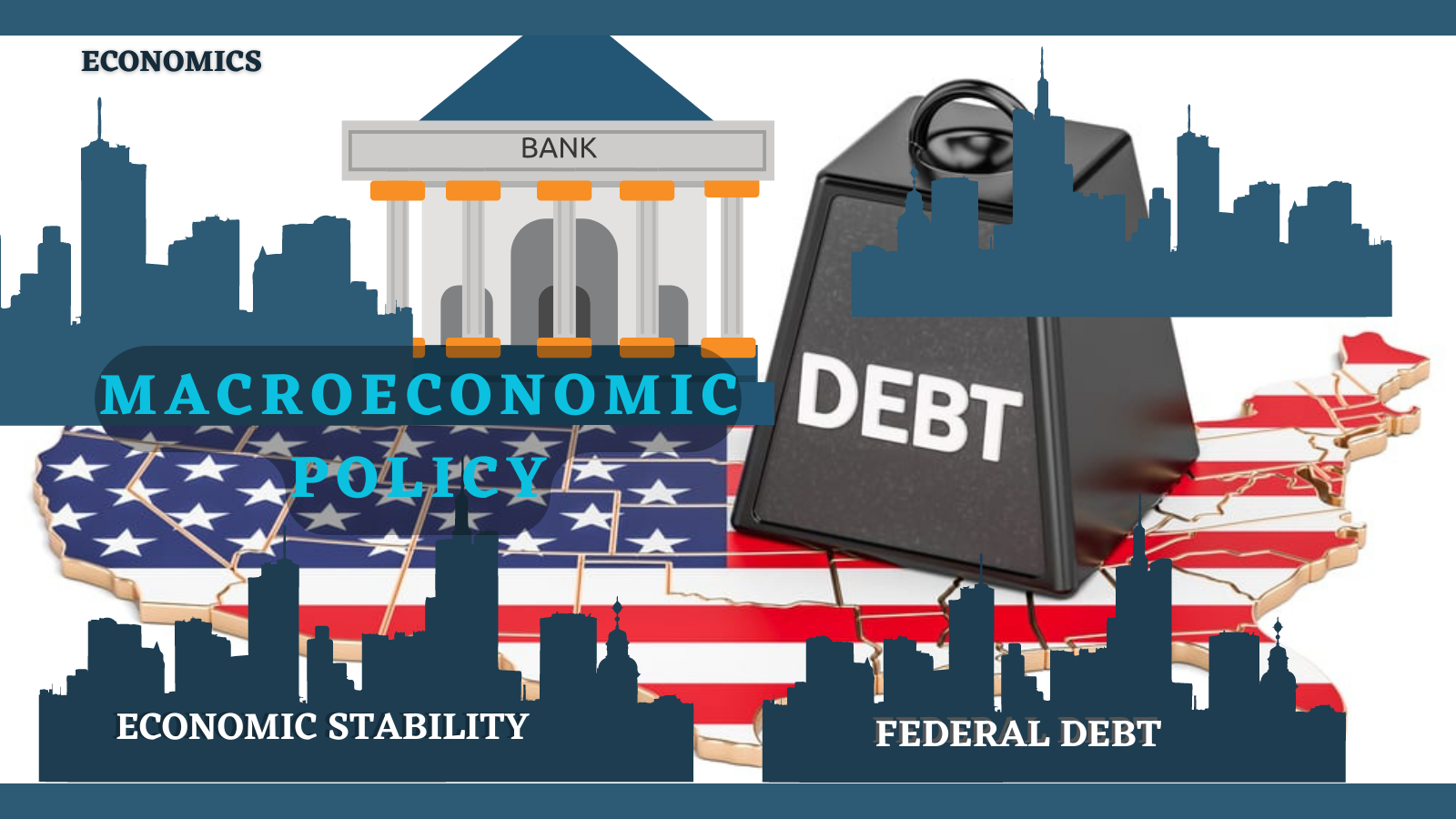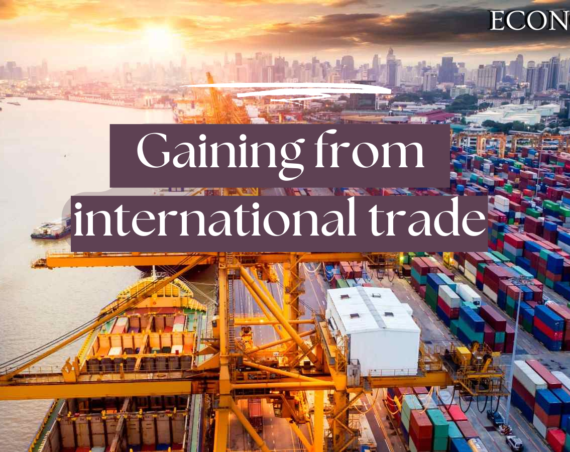Macroeconomic Policy, Economic Stability, and the Federal Debt
Macroeconomic policy refers to the actions and decisions taken by governments and central banks to influence the overall performance of an economy. This can include monetary policy, such as setting interest rates, and fiscal policy, such as managing government spending and taxation. The goal of macroeconomic policy is to promote economic stability, which includes low inflation, low unemployment, and steady economic growth.
Economic stability is important because it creates an environment that is conducive to business and investment, and enables households and businesses to make economic decisions with more confidence.
Federal debt refers to the total amount of money that the government owes to its creditors, such as bondholders. The debt can be financed through the issuance of government bonds, which are bought by investors and traded in financial markets.
The relationship between macroeconomic policy, economic stability, and the federal debt is complex. In the short term, expansionary monetary and fiscal policy can be used to stimulate economic growth, but these policies can also lead to higher levels of inflation and an increase in the federal debt. In the long term, the government must balance the need to promote economic growth with the need to manage the federal debt. This can involve implementing policies to reduce the debt, such as cutting government spending and increasing taxes, but doing so can slow economic growth. Overall, balancing these competing goals is a key challenge for policymakers.



